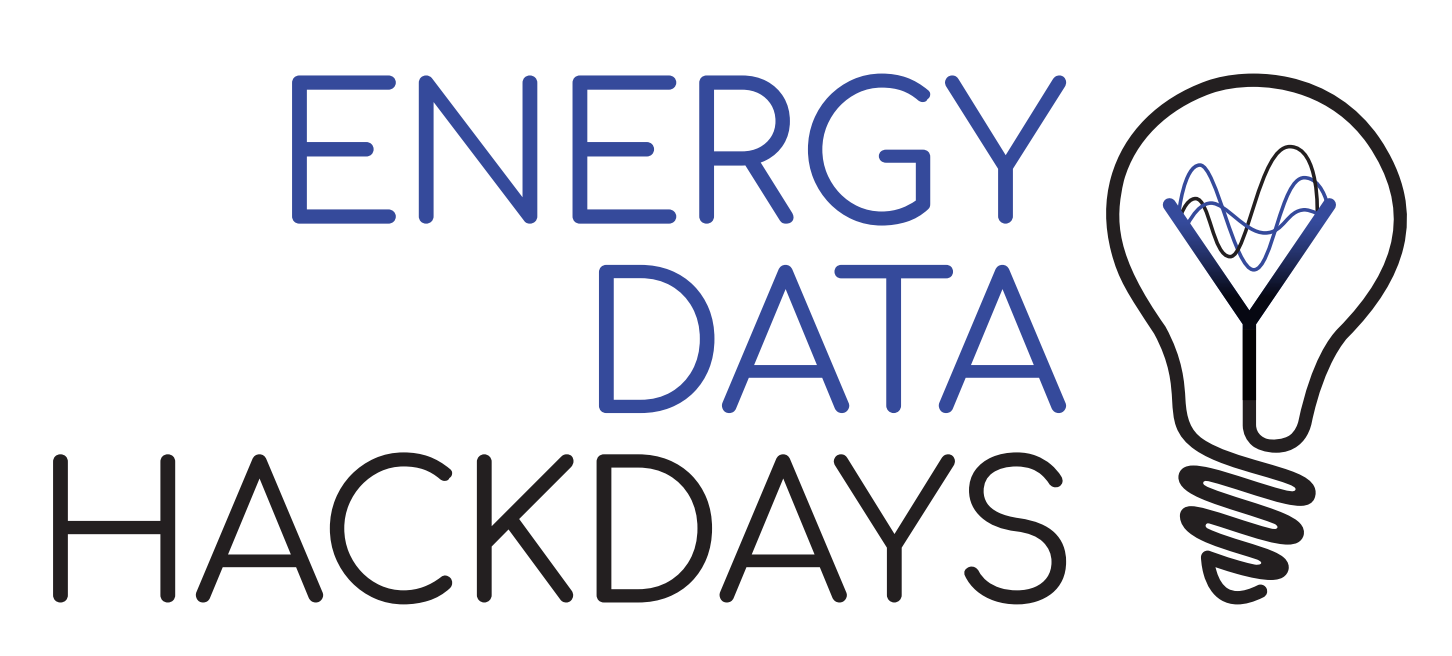16_ “Green” charging E-Mobility
When is it “greener” to charge an electric car?
## What is it about? Electric mobility is a “green” alternative to conventional gasoline and diesel cars. But can it get any “greener”? Can we find a way to reduce the environmental impact of electric car charging even more? When is it “greener” to charge an electric car in winter or in summer? Let’s find out!
Challenge:
With the help of data of CO2 equivalent emissions of electricity production and consumption in Switzerland, we want to analyze what is the environmental impact of charging electric cars. In addition to this, we want to develop a logic in order to charge electric cars as “green” as possible during the day, taking into account the environmental impact of electricity with respect to the time of the day and the different seasons.
Data:
We will provide data of CO2 equivalent emissions of electricity production and consumption for Switzerland and charging stations consumption data. Open data from various sources can also be used.
## Presentation

green_charging_emobility
Open Energy Data Hackdays 2021
Link to challenge on Hackdays. Please join this challenge!
Meter data format
- 'id': Unclear, not used.
- 'Chargepoint': The unique identifier (number or UUID) of the physical charging station. One station can have more than one cable, and hence more than one charging session.
- 'connector': The unique identifier (number or UUID) of the physical cable or attached device. In some cases, a cable can be left in the charging station for a long period of time, and used for multiple charging stations.
- 'charge_log_id': The unique identifier (number or UUID) of a particular session charging a battery
- 'metervalue': Not used
- 'increment': The amount of energy transferred (in watt-hours) in the last 15 minutes (i.e. up to the 'timestamp' value)
- 'timestamp': The time of measurement in UTC.
CO2 data format
Columns are renamed to fit those used in the notebook here.
Generic columns
- 'datetime': The time of measurement in UTC.
- 'co2_intensity': The CO2 intensity (g co2/kWh)
- 'co2_production': The CO2 intensity of Swiss production (g co2/kWh)
- 'co2_import': The CO2 intensity of imported electricity (g co2/kWh)
Power in the CH consumption mix (production plus imports minus exports)
All values in MW
- 'nuclear
- 'geothermal'
- 'biomass'
- 'coal'
- 'wind'
- 'solar'
- 'hydro'
- 'gas'
- 'oil
- 'unknown'
- 'battery'
- 'hydro'
Coding standards
Please store notebooks in the Notebooks directory.
Please store data in the Data directory. It will be ignored by git. The data files should be named:
- CH 2020-2021.csv
- metervalues_pseudonymized_2_neu.csv
- metervalues_pseudonymized_1_neu.csv
Data peculiarities
- An
incrementwith values of more than 5500 Wh does not make sense. The maximum power of chargers is 22 kW. The data should be cleaned by removing all values of all charge_log_ids that have at least one value of increment > 5500 Wh. - Some values for 'Chargepoint' are NaN. Luckily this is only the case where the connector is identified by a UUID. Hence we can replace the NaN with a unique number based on the connector UUID
Previous
Energy Data Hackdays 2021
Next project

